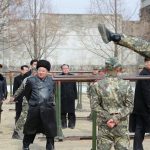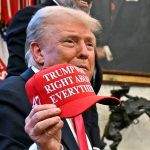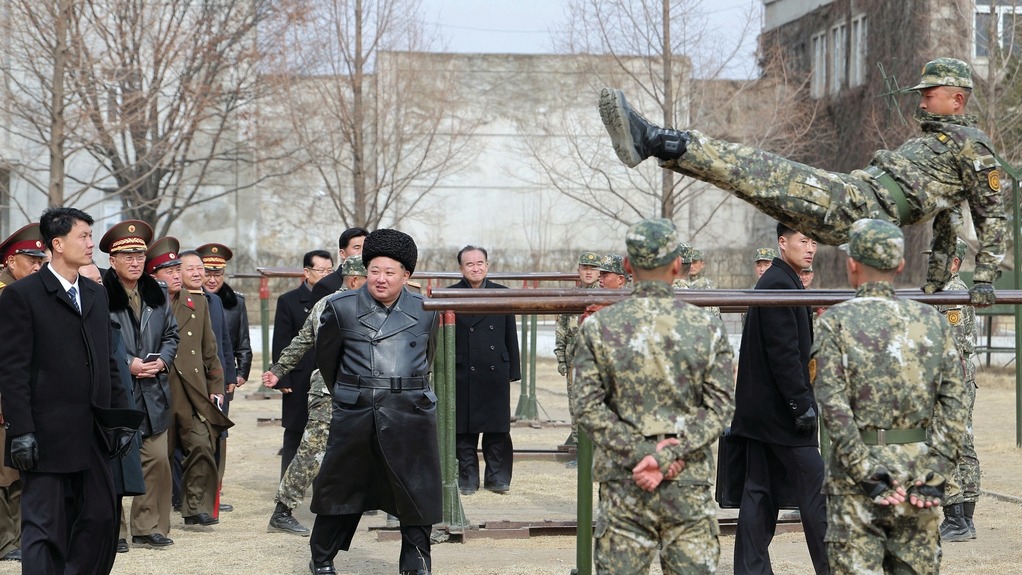## Detailed Analysis: Trump’s First Cabinet Meeting and Layoffs
Introduction
In his first Cabinet meeting on February 26, 2025, President Donald Trump outlined plans for further significant layoffs within the federal government. This move is part of a broader effort to reshape the federal workforce and reduce government spending. Notably, Elon Musk, who is not a Cabinet member but leads the Department of Government Efficiency (DOGE), was present at the meeting, highlighting his influential role in the administration’s restructuring efforts.
Key Points from the Meeting
1. Layoffs and Restructuring:
– Large-Scale Layoffs: Federal agencies have been instructed to submit plans for large-scale reductions in force by mid-March. This marks an escalation in Trump’s efforts to streamline the federal government, focusing on eliminating non-mandated functions and enhancing efficiency in statutorily required roles[1].
– Efficiency Measures: Agencies are directed to consolidate management layers, eliminate duplicative positions, and identify areas for significant workforce reductions. Positions related to law enforcement, border security, national security, immigration enforcement, or public safety are exempt from these cuts[1].
2. Elon Musk’s Role:
– Influence and Attendance: Musk’s presence at the Cabinet meeting underscores his significant influence on the Trump administration’s policies, particularly in government efficiency and restructuring. Despite not being a Cabinet member, Musk is leading efforts to slash government spending and streamline operations[2][3].
– Productivity Measures: Musk introduced a controversial directive requiring federal employees to list five bullet points demonstrating their productivity. Although initially mandatory, it was later clarified as optional. Musk emphasized that the goal is not to be capricious but to ensure essential roles are maintained[1].
3. Trump’s Vision:
– Surgical Approach: Trump described the approach to government spending cuts as “a little more surgical,” indicating a shift towards targeted reductions rather than broad cuts. This follows criticism of previous dismissals and buyouts that affected a diminished workforce[1].
– Department of Education: Trump mentioned that the Department of Education’s responsibilities could be largely dissolved and transferred to the states, reflecting a broader strategy to reduce federal involvement in certain sectors[1].
4. Cabinet Composition:
– Confirmed Members: Trump’s Cabinet includes notable figures such as Treasury Secretary Scott Bessent, Attorney General Pam Bondi, and Health Secretary Robert F. Kennedy Jr. However, several nominees, including Education Secretary Linda McMahon, are still awaiting Senate confirmation[3].
Implications and Reactions
– Federal Workforce Impact: The looming layoffs and restructuring efforts are likely to have significant impacts on federal employees, with over 77,000 already taking buyouts. The focus on eliminating non-essential roles may lead to further job insecurity across various departments[1].
– Political and Public Response: The approach has been met with skepticism by some lawmakers and federal workers, who are concerned about the efficiency and fairness of these measures. Republican lawmakers have begun to distance themselves from Musk’s more controversial directives[1].
Conclusion
President Trump’s first Cabinet meeting set the stage for substantial changes within the federal government, with a focus on efficiency, spending cuts, and workforce reductions. Elon Musk’s prominent role in these efforts highlights the administration’s commitment to a more streamlined government. However, these plans are likely to face challenges and criticism from both within and outside the government.
Related sources:
[1] www.politico.com
[2] www.youtube.com
[3] www.fox9.com
[4] www.youtube.com











